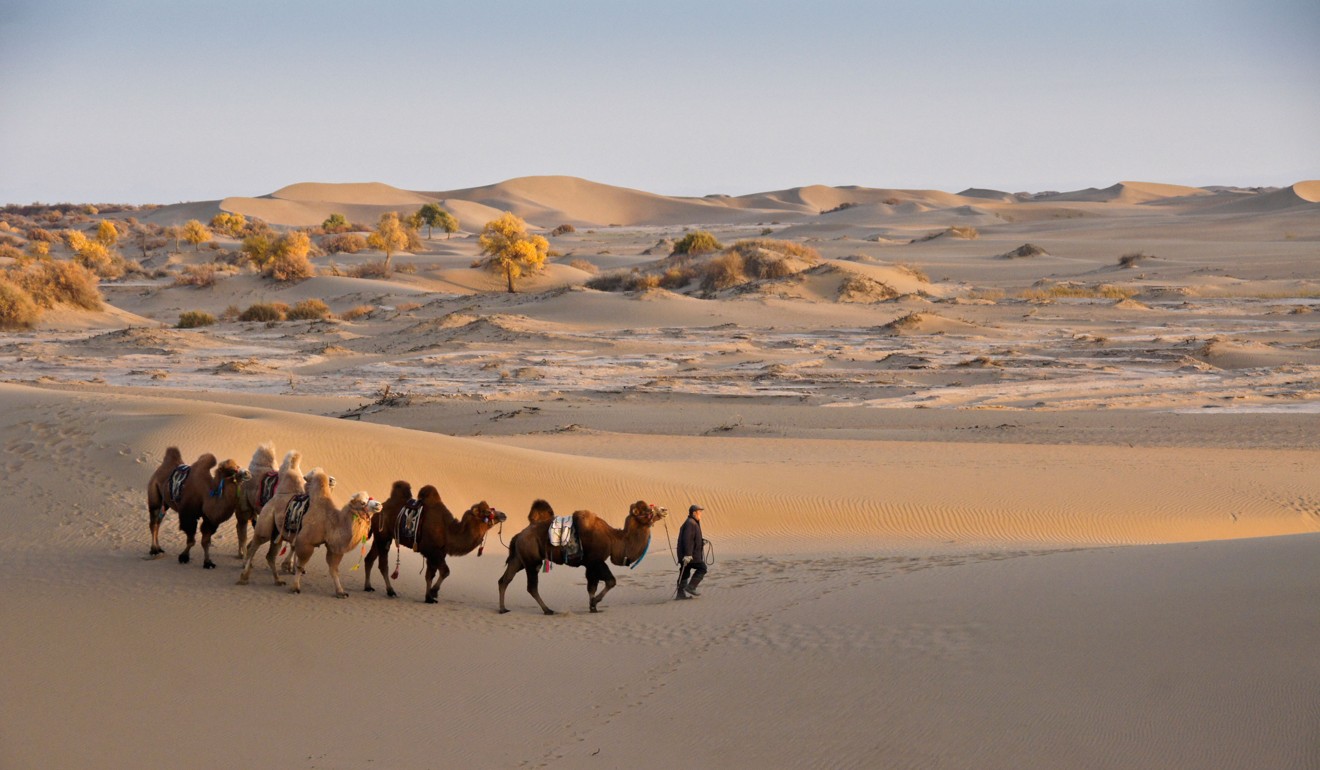
China opens world’s first space breeding centre in Shaanxi to grow trees in fight against Gobi Desert expansion
A space breeding programme can accelerate the cultivation of high-quality seeds
China has opened the world’s first space breeding centre in the northwestern province of Shaanxi, with a mission to cultivate crop and tree species resistant to harsh environments.
The research facility and laboratory, which opened last week, will also set up a seed bank to collect high-quality seeds produced by the novel breeding method, it said.
China’s space ambitions reiterated with launch of its first rocket developed by private firm
“Space breeding can speed up the cultivation of high-quality seeds, reducing the time from eight years to four years,” said Guo Rui, director of Yangling Seeds Corporation, one of the sponsors of the research centre.
The other sponsor is the state-owned Space Biotechnology Group, a subsidiary of the China Academy of Space Technology, the nation’s equivalent of Nasa.
“Space is the best lab, with weak gravity, low temperature and extraordinarily high radiation,” said Guo. “It takes great efforts to create that kind of extreme environment on Earth.”

Space breeding technology takes seeds on a trip in space and then cultivates them on Earth. During their time away from the planet, extreme conditions such as high radiation, increased the mutation rate to more than 1 per cent, compared with the rate of one in 200,000 on Earth, Guo said.
“Their DNA sequences have been changed, but no outside gene was imported,” he said. “So the mutated species are different from genetically modified ones.”
The research centre, in Yangling, is cultivating tree species that are resistant to the dry climate found in northwest China. It forms part of the Three-North Shelter Forest Programme, which seeks to arrest the expansion of the Gobi Desert. The programme is named after the line of trees extending from Ningxia in the west to Liaoning in the east.
City of the future on the edge of Gobi Desert
In a long-term battle against desertification, China has been planting this green “great wall” since the 1970s and will continue into the 2050s.
The centre would soon send seeds of 20 tree species into space and select mutated ones to cultivate, Guo said.
China began its use of space breeding technology 30 years ago and has sent more than 6,000 seeds into space. A mutated wheat species with high productivity had been feeding Chinese people since 2011, Guo said. A total of 230 species have been successfully cultivated, including fruit, flowers and crops.

